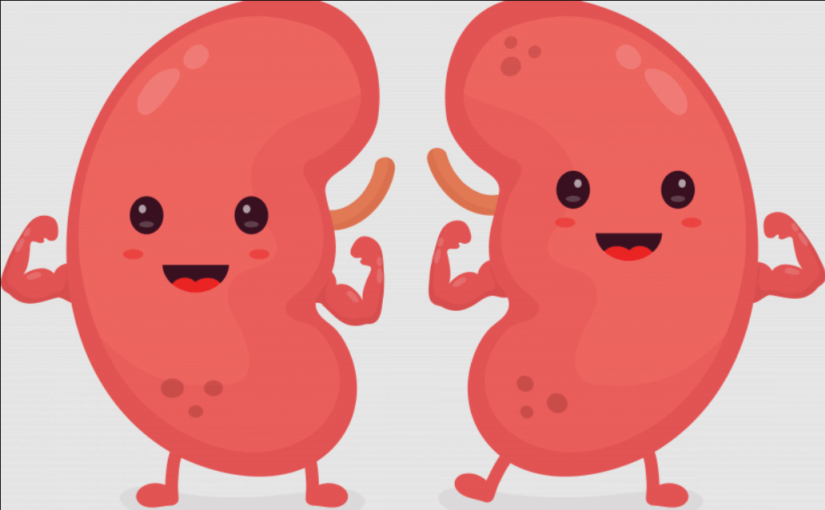There are 1.7 million Australian adults out there with Chronic Kidney Disease (CKD), and amazingly 90% of them don’t know they have it. For over 1.5 million Australian adults, CKD is asymptomatic, but just because symptoms aren’t immediately apparent, that doesn’t mean damage isn’t being done to the body.
CKD tends to be coupled with other undesirable health conditions such as heart disease and diabetes, a shorter life, reduced quality of life, and expensive treatment. This all puts a premium on early detection – to make sure that CKD is picked up on as early as possible so that treatment can begin.
The estimated glomerular filtration rate (eGFR) is the best way to measure a person’s kidney function but historically the problem has been getting access to it. Enter the Australasian Creatinine Consensus Working Group.
In 2005 the group recommended that all Australasian pathology labs automatically report the eGFR result each time a serum creatinine test was ordered in an adult aged 18 or older. The broad recommendations were adopted by the Primary Care Education Advisory Committee for Kidney Health Australia and rolled out.
Fast forward to 2018 and the decision appears to have been vindicated. According to a report in the Medical Journal of Australia, there is ‘accumulating evidence of improved detection of CKD’.
Improvement has been most marked in groups most at risk of under detection (older people, women, the indigenous, and those with low body mass index).
In Queensland monthly referral to a kidney specialist climbed by 40%, while data on indigenous patients showed that late referrals for renal replacement therapy (RRT) dropped from 25.8% to 21.8%. The number of RRT referrals has plateaued since 2010. In the prior thirty years there had been a five-fold increase.
Internationally, a significant and sustained increase in referrals to nephrology services was also evident says the study.
But what are the eGFR and serum creatinine tests and how do they work?
Dr Penny Coates, a chemical pathologist specialising in endocrinology at the Royal Adelaide Hospital, explains the tests:
“Serum creatinine is a by-product of muscle circulating within the body, which is cleared away by the kidneys, and that’s what the serum creatinine test is looking for.
“If the kidneys aren’t functioning optimally, the levels of creatinine in the body will rise. Levels over 120 umol/L for men or 100 umol/L for women could be a signal that your kidneys aren’t working properly.
“The eGFR is similar to the serum creatinine test. It looks at how effectively your kidneys are removing waste products and excess fluids.
“It is calculated from creatinine, age and sex. A normal GFR is 90 ml/minute or higher. If your GFR is below 60 there may be a problem. Below 30 there is likely to be a more serious problem.”
While education around lifestyle and treatment remain important in tackling CKD, the study suggests that the roll out of the automated reporting recommendation has been a success, with RRT plateauing and earlier referrals to nephrologists.

